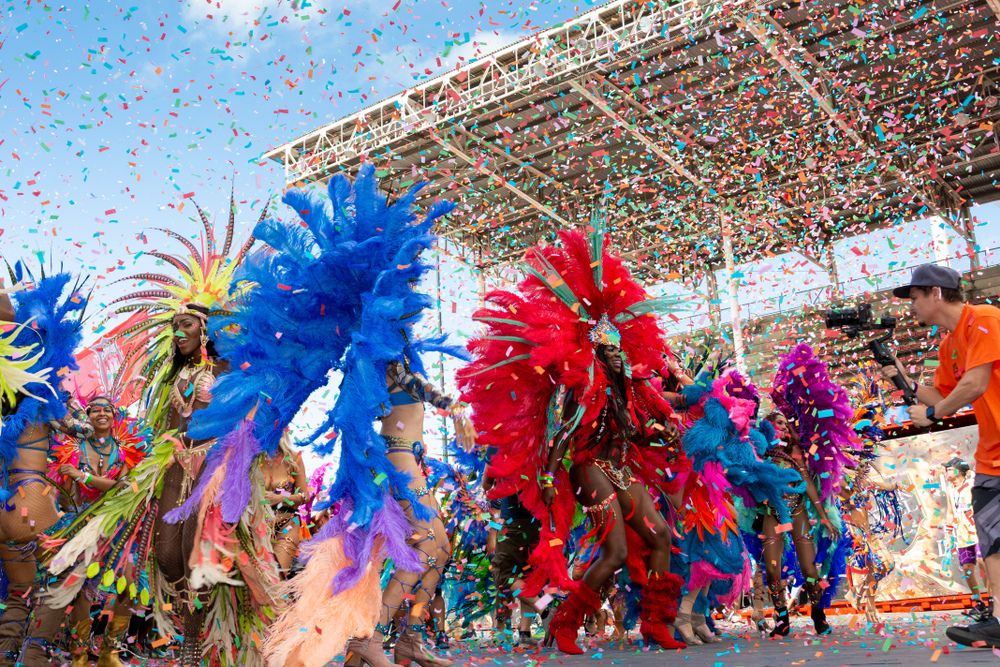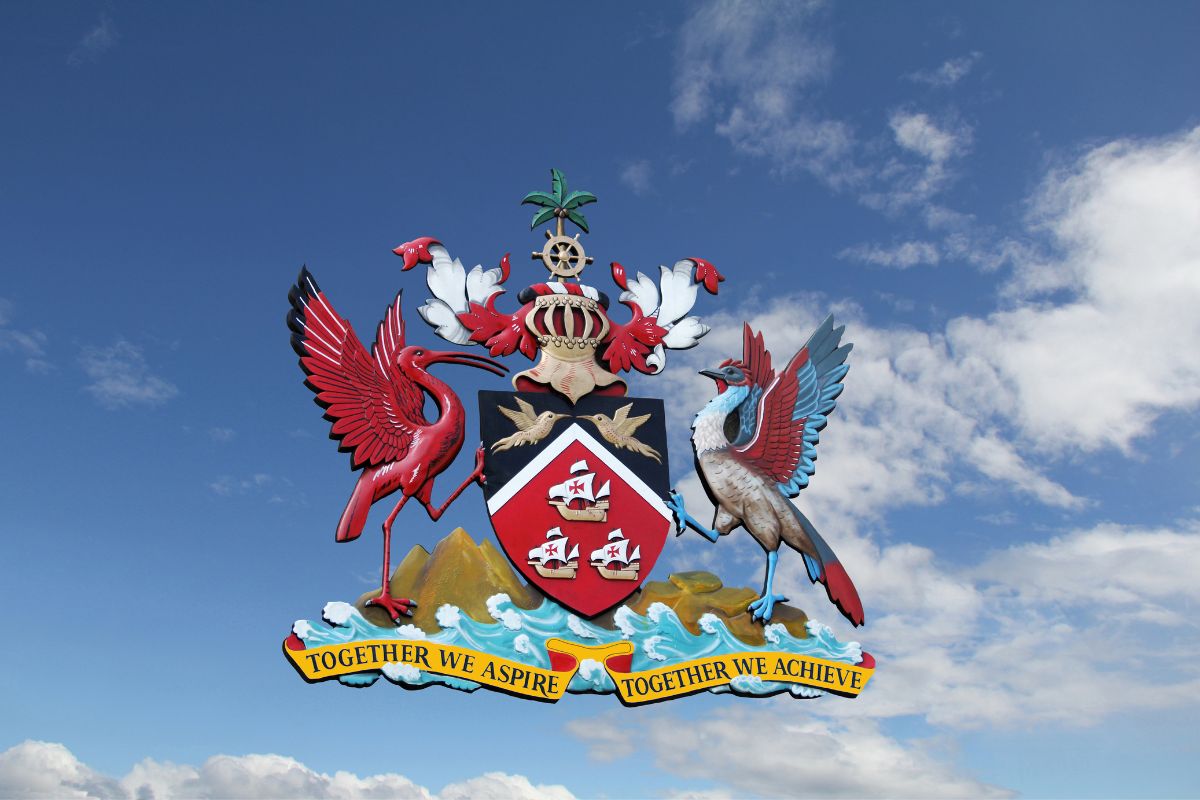The twin islands, Trinidad and Tobago, boast natural attractions, cultural heritage and mesmerizing tourist experiences.
This place is renowned for its friendly and generous people that enjoy celebrations.
I’ve discovered so much about these two islands, and here are 13 fun and intriguing facts.
1. The Biggest Of All Carnivals
While numerous Caribbean countries host small carnivals, the Trinidad and Tobago Carnival is simply incredible, earning the name ‘the greatest show on Earth’.

This carnival celebrates the country’s history, fashion, art, and culture, blended with sweet music and colorful costumes. Held over 2 days, it hosts more than 100 parties, with many tourists flocking for this annual event.
2. A Home To Leatherback Turtles
In addition to Carnival, these beautiful Leatherback Turtles also draw in tourists. More than 10,000 of these turtles visit the shores of Trinidad and Tobago each year for nesting.
3. Swim In The Pool Right In The Middle Of An Ocean
Imagine swimming in a pool surrounded by the ocean and snapping that Insta-worthy photo!
This is possible only in Trinidad and Tobago’s Nylon Pool. It is a natural pool with crystal-clear water that is around 3-foot deep and has a sandy bottom.
4. The World’s First Black Woman To Win The Miss Universe Pageant
In 1998, a Trinidad and Tobago citizen won Miss Universe. Her name was Janelle Penny Commissiong, and before earning this big title, she was also crowned Miss Trinidad and Tobago in 1977.
5. Named by Christopher Columbus
Christopher Columbus named the island Trinidad in 1498. Later, Tobago was added to it, which resembles a tobacco pipe that was commonly used by the locals.
6. Trinidad Is “Land Of The Hummingbird”
The name Trinidad was picked for the island as it has an abundance of hummingbird species. Originally, the name of Trinidad was ‘lere’, which signifies “Land of the Hummingbird” as the country has more than 18 species of hummingbirds. The country features more than 485 species of birds.
7. Trinidad And Tobago Celebrate The Festival Of Lights
As the country has a largest Indian population, Diwali, the festival of lights, is celebrated with the utmost enthusiasm.

Trinidad and Tobago are home to the largest Hanuman statue in the world, standing at 85 feet tall.
8. Beware Of The Peppers You Eat!
Trinidad and Tobago is home to the second spiciest pepper in the world, namely Moruga Scorpion. This isn’t for the faint-hearted!
9. The Country Has 22 UNESCO World Heritage Sites
Despite their small size, Trinidad and Tobago boast 22 heritage sites. All of these historical sites represent the ancient existence of the country. The more popular sites include Brimstone Hill Fortress National Park, Nelson’s Dockyard, and Blue and John Crow Mountains.
10. Trinidad And Tobago Are Noticeably Different
People assume Trinidad and Tobago to be the same, but they are two different islands of the same country with unique features.
Tobago is a resort destination featuring water sports, white sandy beaches and golf courses. Trinidad, on the other hand, is business-orientated with a thriving natural gas and oil industry and a city-like feel. You’ll find much more to do in Tobago.
11. Watching The Scarlet Ibis Fly Is A Beautiful Experience
The scarlet Ibis is the national bird of Trinidad, and being home to 15,000+ of these, you may see hundreds of them flying in formation and creating a red wave.
Their red feathers are due to their diet of crabs, small fish and insects. As babies, these birds are black in color and do not get their shade of red until 3 months later.
12. Goat Racing is Quite Popular in Tobago
Tobago goat racing is a popular yet unusual sport where the jockeys run alongside goats and guide them with the use of a 9-foot-long leash.
This sport has been a favorite in Tobago since 1925 with purpose-built stadiums and complexes to host events. On the Tuesday after Easter, the people of Tobago celebrate ‘Goat Racing Day.’
13. Trinidad Has the World’s Largest Deposit of Natural Asphalt
Trinidad’s Pitch Lake, located in La Brea of Trinidad, occupies an area of 100 acres and goes down to a depth of 250 feet. It has more than 10 million tons of asphalt, making it the world’s largest natural deposit. However, despite their reserves, shipping asphalt to other countries is prohibitively expensive.

